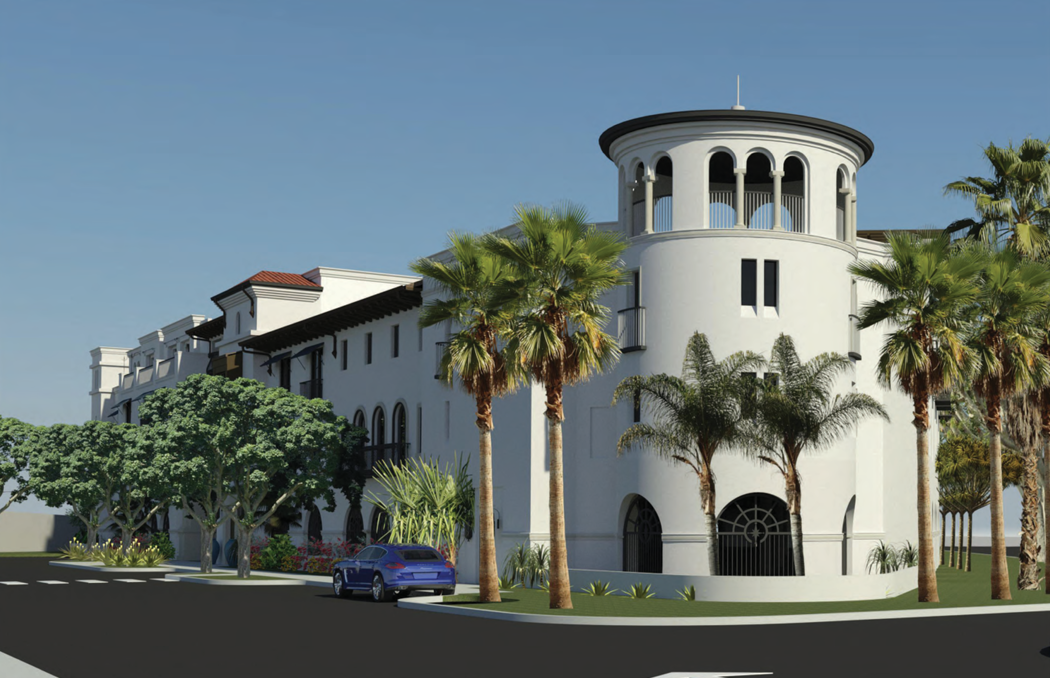Featured in GlobeSt.com:
September 20, 2022
HALL Structured Finance reports that flexible, value-add private lenders still see deal flows in a largely ebbing economic landscape.
In case commercial real estate pros forgot during the extended cycle of growth and cheap, abundant capital, there’s an economic ebb to follow every flow. Now, with the Fed repeatedly raising interest rates to curb growing inflation, investors and dealmakers are having to adjust to reduce risk and protect their margins. The ripples are being felt across the industry, says Donald Braun, president of HALL Structured Finance and HALL Group.
“There’s really been a fairly significant change in the institutional capital markets for real estate over the last 90 days with the Fed increasing interest rates,” Braun said. “At the bank level there has been a material pullback in larger loans, as well as a less but meaningful reduction in loan levels at the under $50 million level.”
In such an economic environment, the flight to quality also applies to lenders as they focus on the asset types they view as the safest investments. That starts with multifamily, according to Braun.
“Although clearly some of the largest institutions have pulled back from real estate in general, there is still reasonable appetite for good real estate loans at the regional and local bank levels, albeit at somewhat lower loan volumes,” he adds.
Impact on Construction Costs
Perhaps another industry-wide pricing adjustment, that of construction costs, will help many in CRE cope better with the increasing cost of capital. Braun cited the example of a large multifamily loan that required higher financing and more equity after a material change from the original to final budget.
“We were seeing what I will call cost surprises on a regular basis, but less now because, I think, borrowers are more on top of where costs are actually coming out today in their early bid process,” Braun says. “We saw those cost surprises early this year, but it is not as common today.”
Private Options Still Available
No lender segment is immune to the macro-monetary pressures and many private finance companies have struggled with their own financing sources, forcing a funding retreat at many levels. However, these types of organizations do tend to offer borrowers more options.
“Particularly in this type of environment, private lenders have more flexibility, in large part because of the lack of regulation,” said Braun, whose company, which largely targets the multifamily and hotel sectors, originated six loans for approximately $200 million in July and August on its way to originating a projected $1 billion in new construction and bridge loans in 2022. “We’re fortunate in the manner that we are capitalized and financed and continue to be very bullish on the market and looking to originate a large volume of loans this year.”
Read the full story here.
Back To News Room
News Room
Related Articles
Scroll to explore related Articles from HALL Structured Finance team










